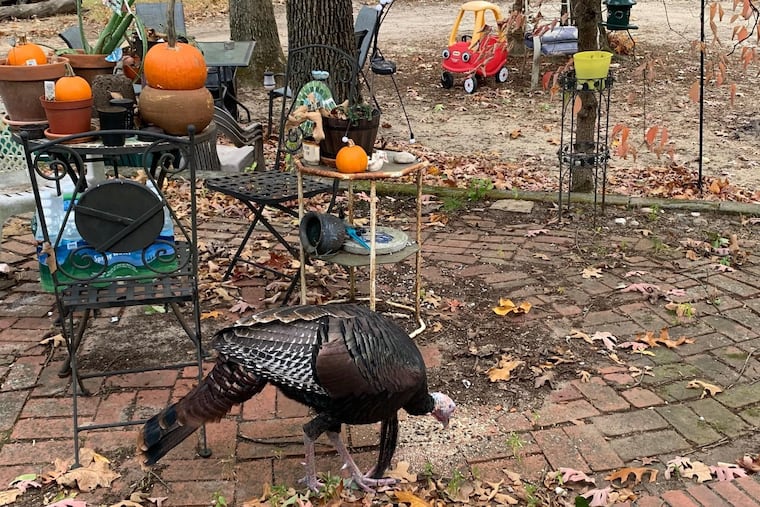Meet Tom, a beloved wild turkey who stops traffic and terrorizes a South Jersey community
Once nearly extinct, the wild turkey population in New Jersey has rebounded through state restoration efforts, and today, there are about 20,000 statewide.

Once nearly extinct, the wild turkey population in New Jersey has rebounded through state restoration efforts, and today, there are about 20,000 statewide.
